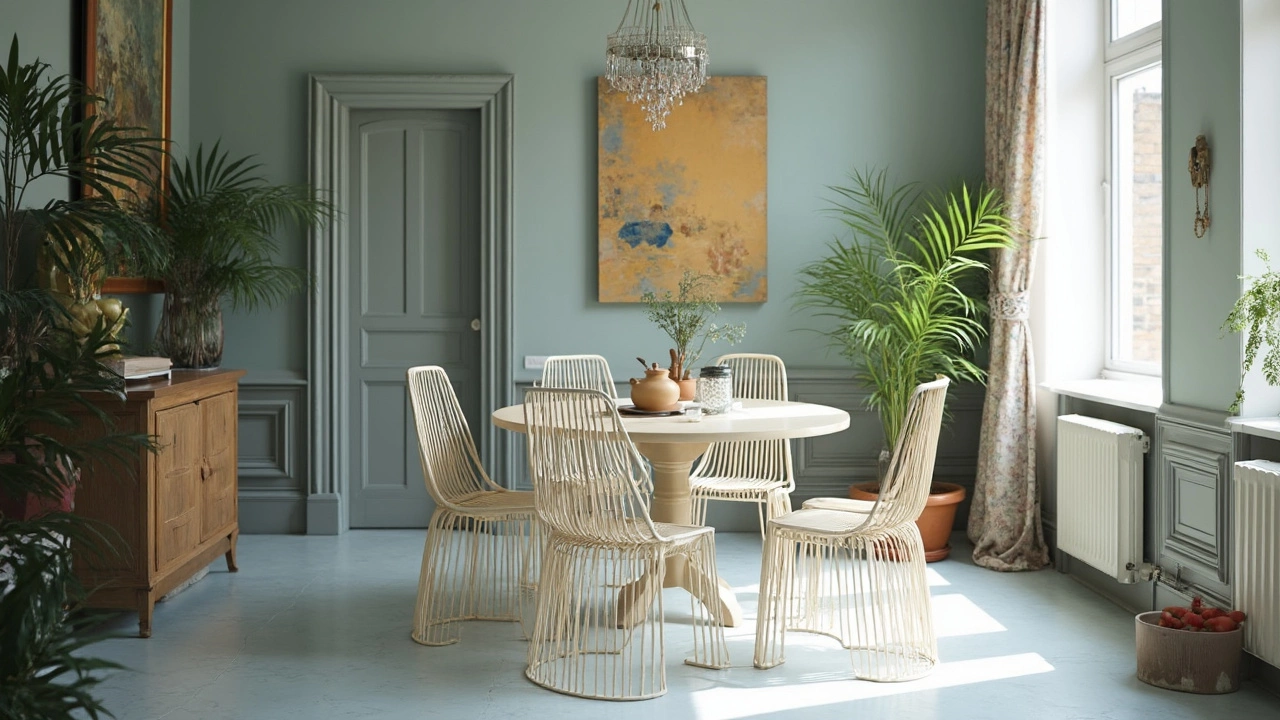Spaghetti Chair – Your Guide to Light, Modern Seating
If you’ve walked into a trendy loft or a minimalist home, you’ve probably seen a chair with ultra‑thin legs that look like a plate of spaghetti. That’s the spaghetti chair, and it’s more than just a visual trick. It offers a blend of style, comfort, and practicality that works in many rooms.
What Is a Spaghetti Chair?
A spaghetti chair gets its name from the slender, often tapered legs that branch out like noodles. These legs are usually made from metal, wood, or polymer, giving the chair a floating appearance. The seat can be a molded plastic shell, a cushioned pad, or a simple wooden slab, depending on the brand.
The design philosophy is simple: keep the structure light without sacrificing strength. Engineers use reinforced joints and high‑grade materials so the chair can hold an adult’s weight while looking airy. Because the legs don’t take up much floor space, the chair feels less bulky, making it ideal for small apartments.
How to Style a Spaghetti Chair in Your Home
First, think about the room’s flow. The chair’s thin profile lets you line up several pieces around a table without crowding the space. Place three or four at a dining table to keep traffic smooth, or use one as a side chair next to a sofa for a casual feel.
Color matters too. A classic black or white seat pairs well with bright walls, while a bold hue can become a focal point in a neutral room. If you choose a wooden seat, match it with other wood tones in the space – a coffee table, a floor lamp, or a reclaimed‑wood bookshelf.
Mix textures for interest. Pair a plastic‑shell spaghetti chair with a soft rug or a linen cushion. The contrast of sleek legs and cozy fabrics makes the seating feel inviting rather than cold.
Don’t forget lighting. Because the chair’s legs are thin, a well‑placed floor lamp or pendant can highlight the design and add warmth. In a bright kitchen, the chair can sit under a window, letting natural light emphasize its lightness.
When buying, test the comfort level. Some chairs have a firm seat that’s perfect for short meals, while others include padding for longer sitting periods. Check the weight limit and read reviews about wobble resistance – a well‑engineered spaghetti chair should stay steady even on uneven floors.
Maintenance is straightforward. Metal legs can be wiped with a damp cloth; wooden legs may need occasional oiling to keep the finish fresh. If the seat is plastic, a mild soap solution works fine. Avoid abrasive cleaners that could dull the finish.
Finally, think about versatility. Because the chair is lightweight, you can move it around easily for different occasions – a dinner party, a work‑from‑home setup, or a quick coffee break. Its minimal footprint means you can store a few extra chairs in a closet or under a bed without hassle.
In short, the spaghetti chair offers a modern look, simple upkeep, and flexible use. Whether you’re furnishing a tiny studio or updating a spacious loft, it brings a touch of contemporary design without overwhelming the room.
Spaghetti Chair: A Dining Room Revolution
- Gavin Whitaker
- |
- |
- 0
A spaghetti chair isn't just any regular chair. It's a quirky, stylish piece of furniture that's taking over dining rooms with its unique design. Made with slim, flexible strands—reminiscent of spaghetti—these chairs offer comfort and an unusual flair. They're perfect for anyone looking to add a modern touch to their dining space. Dive into why they’re not just eye candy but also practical and ergonomic.
View more